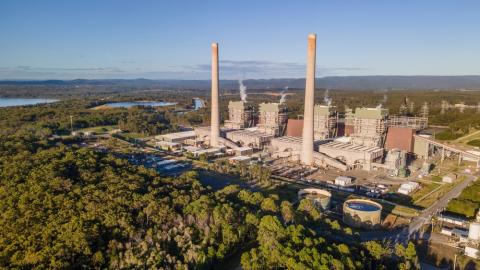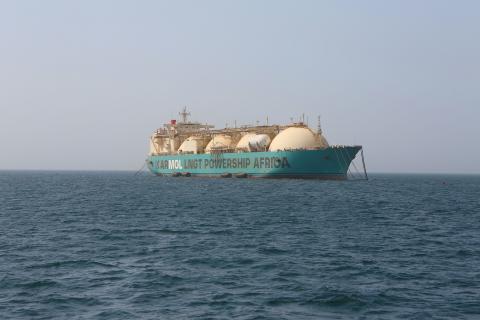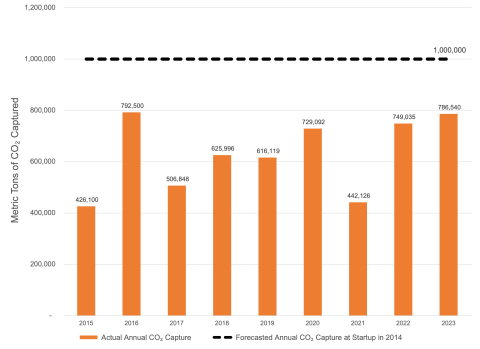IEEFA Puerto Rico: Hidden fees will drive up cost of debt deal even further

The new debt deal released earlier this month to settle the more than $8 billion in legacy debt of the Puerto Rico Electric Power Authority (PREPA) protects the interests of bondholders, insurers and consultants at the expense of Puerto Rico’s electrical system and consumers.
There is a substantial risk that Puerto Ricans will actually end up paying even more under the deal than reported in our previous commentary, at a time when affordable and reliable electricity is essential to the recovery of the Island’s economy.
Under the agreement, the price of electricity for Puerto Rico’s businesses and residents is likely to be raised beyond what the public is being told. The debt agreement presents the surcharge on electric rates to pay off the legacy debt as starting at 2.8 cents/kWh in July 2020 and growing to 4.55 cents/kWh by 2042. However, the deal notes that this charge does not include ongoing administrative fees for servicing the debt payments and will be increased later to take those fees into account. The deal also states that the structure and terms of these fees will be “mutually agreed upon” at a later date.
In 2016, PREPA’s last failed attempt at a debt restructuring deal was reviewed by the Puerto Rico Energy Bureau, which concluded that “PREPA’s customers will be exposed to fees without limit.” The Bureau raised red flags about ongoing financing fees and noted the servicer’s fee could be up to 360 times actual cost incurred. In some instances, consultants who received no‑bid contracts were responsible for determining the reasonableness of their own fees, a blatant conflict of interest.
Paying excessive consultant fees won’t keep the lights on.
The latest debt deal raises similar issues for consumers. Puerto Rico’s electricity customers will pay, not only for ongoing financing costs and for the fees of PREPA’s consultants, but also for the fees of the lawyers and consultants hired by the bondholders and insurers to negotiate the debt deal as well.
Puerto Rico electricity customers will also pay the insurance premiums on any new debt that insurance company Assured Guaranty chooses to insure. This too will drive up the final rate.
NOTHING LIMITS THE RATE INCREASES TO THE NUMBERS PUBLISHED IN THE MAY 3 RESTRUCTURING SUPPORT AGREEMENT. The deal includes a footnote that the debt surcharge can be “adjusted from time to time if required” under the terms of various yet-to-be-written agreements, including Puerto Rico territorial legislation, that needs to be finalized for the deal to move forward.
THE CONDITION OF THE PHYSICAL GRID IS HARDLY MENTIONED IN THE DEAL. This is in contrast to the previous debt restructuring agreement reached between PREPA and its creditors in 2016, and ultimately rejected by the Financial Oversight and Management Board. We sharply criticized that deal for its generous 85% repayment to bondholders, but at least it also included provisions for operational improvements and a capital plan for the system.
Under the terms of an earlier 1974 agreement that governed the issuance of the PREPA bonds through 2013, it was clear that the operational needs of the system took precedence over payments to bondholders. In practice, that agreement ultimately was not honored. As the system deteriorated, the consulting engineer responsible for assessing the system simply issued misleading reports attesting to the system being in good repair.
The current deal, by contrast, appears to ignore the fundamental reality that bondholders and consultants only get paid as long as there is a functional electrical system that is capable of generating and distributing electricity and collecting revenue. The experience of the last few years shows that this cannot be taken for granted in Puerto Rico. Yet by creating a significant legacy debt repayment obligation and giving it a dedicated revenue stream from Puerto Rico’s rate dollars for the next 47 years, this debt deal creates more risk for investors. You would not know this risk even existed given the army of excessively paid experts attesting to its feasibility.
Effectively, the deal advances the interests of bondholders over the physical needs of the electrical system – at a time when everyone recognizes the obvious need for investment and modernization of the infrastructure. This deal will lead to unaffordable rates, operational dysfunction and probably future bankruptcies. With the help of Wall Street’s army of excessively paid advisors, bondholders will reconfigure their holdings and Puerto Ricans will lose again.
Cathy Kunkel ([email protected]) is an IEEFA energy analyst.
Tom Sanzillo ([email protected]) is IEEFA’s director of finance.
RELATED ITEMS:














